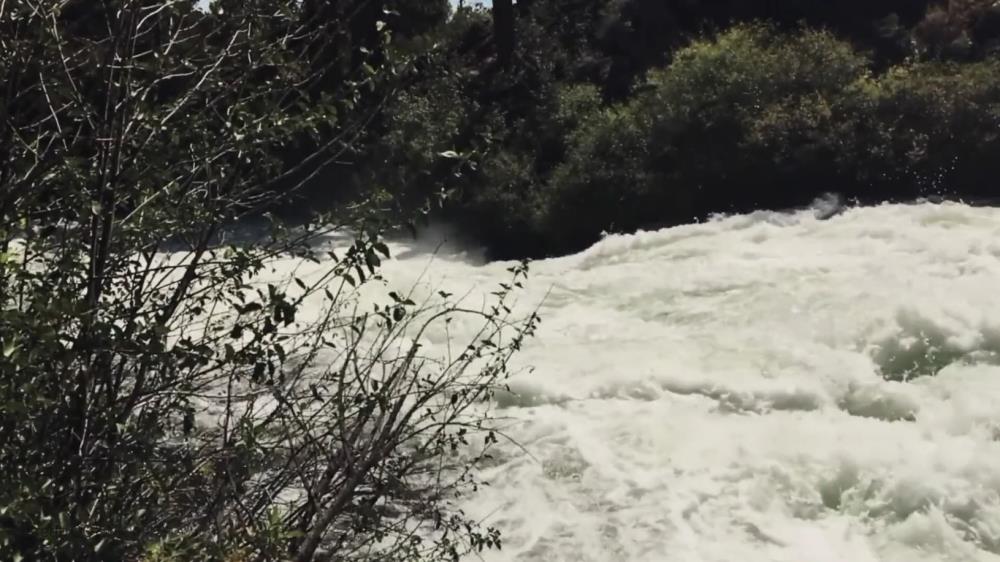
Related items loading ...
Section 1: Publication
Publication Type
Thesis
Authorship
Shatilla, Nadine Joan
Title
New insights into catchment dynamics using novel approaches
Year
2020
Publication Outlet
MacSphere Open Access Dissertations and Theses
DOI
ISBN
ISSN
Citation
Shatilla, Nadine Joan (2020) New insights into catchment dynamics using novel approaches, MacSphere Open Access Dissertations and Theses,
http://hdl.handle.net/11375/25590
Abstract
Climate warming has been extensively documented over the last few decades, with northern environments experiencing greater increases in temperature than lower and mid-latitudes. Impacts of climate warming include: an increase in the rain to snow ratio, changes in precipitation magnitude and timing, increased soil warming, permafrost thaw, latitudinal and altitudinal expansion of tree-line, proliferation of tall shrubs into tundra, intensification of the freshwater cycle, and changes to stream volume and water quality. However, forecasting how these changes will affect northern, high latitude environments is difficult due to a lack of process-based research across scales. Wolf Creek Research Basin (WCRB) in Southern Yukon is a well-established mesoscale alpine catchment comprised of three ecozones and has hydrometric and meteorological records spanning 25 years. In this thesis, extensive field campaigns generated hydrochemical, stable isotope, and high-frequency in-situ datasets that were analyzed in conjunction with historical data from WCRB to refine and advance existing conceptual models. These distinct datasets were collected within a nested experimental design to more precisely describe relationships between catchment conditions, ecohydrological processes and stream water quantity and quality beginning at the headwater scale and with scaling to the outlet of WCRB. Optical data was combined with dissolved organic carbon (DOC) concentrations to assess source areas and in-stream dissolved organic matter (DOM) quality across landscape units. Headwater DOC concentrations and fluxes from 2015-2016 were compared to the previous decade to assess changing export. In situ sensors that record chromophoric DOM (CDOM) at high frequency were paired with discharge and conductivity measurements to assess concentration-discharge relationships at event, seasonal and annual scales. Conceptual models of conductivity and major ion transport were confirmed while high-frequency CDOM-Q insights refined our understanding of DOC movement. As vegetation community composition and characteristics change, it is expected that components of the water balance will be altered at both the canopy level and within the critical zone. Compartmentalization of water within the critical zone is increasingly important to provide insights into how water cycles within catchments. Dual isotope and lc-excess approaches showed that bulk and xylem water were significantly different from the LMWL and stream water isotopes of δ2H and δ18O. Meanwhile, an increasingly enriched xylem water isotope signal overlapped with bulk soil water values as the growing season continued, which suggests the opportunistic use of available mobile soil water.
Plain Language Summary


 GWFNet
GWFNet Master
Master Research
Research Map
Map
 Advanced
Advanced . . .
. . .

 Metadata Editor
Metadata Editor
 Record List
Record List
 Alias List Editor
Alias List Editor
 Legacy sites
Legacy sites